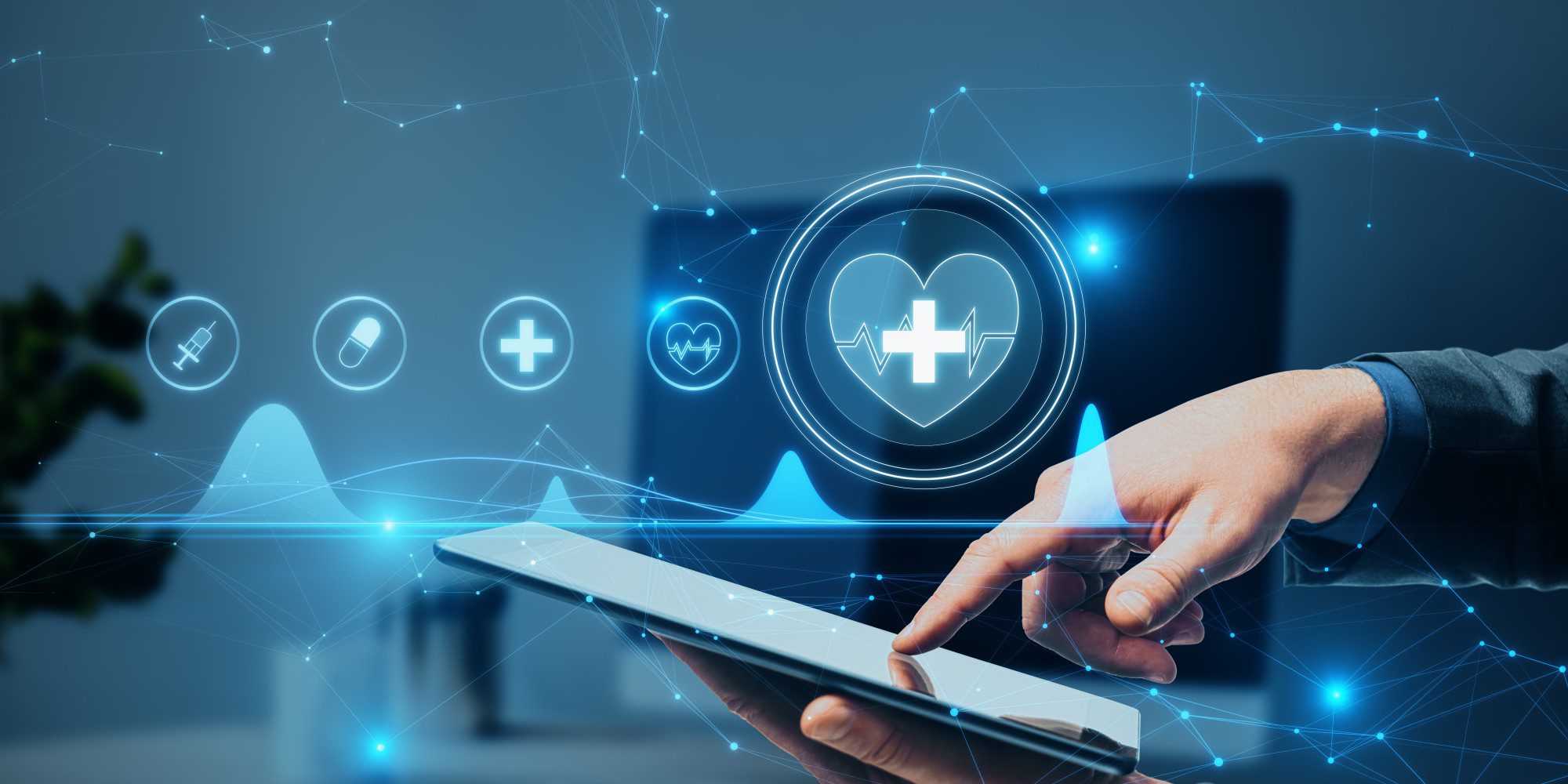News and Insights
Bridging communication gaps in health with technology
December 15, 2023
Over the years, technology has gradually become an integral part of every industry’s core functioning. In health, technology is helping save more and more lives every day. It fosters a sense of connection, teamwork, and collaboration among medical professionals. Moreover, with the emergence of technology, practitioners now have more data in their hands than ever before. So, how are they using and managing this data to serve their patients more effectively?
In the late 1990s, a study found that poor or lack of communication was responsible for approximately 44,000 to 98,000 annual patient deaths in American hospitals. Other studies have also found that gaps in communication were one of the leading causes of preventable deaths in hospitals1. Communication, be it among medical professionals or patients and providers, is a key aspect of health. Therefore, effective communication is essential to improve patient safety, increase the efficiency of the team, reduce casualties, and provide quality patient care. Lack of communication among health professionals can lead to poor organizational structure, low productivity, and low-quality care.
Improving communication
Ineffective communication among medical professionals and patients can lead to poor patient experience and irregular follow-ups2. When the patient and doctor’s communication isn’t smooth, the doctor may not be fully aware of the patient’s medical history, potentially leading to misdiagnosis. Further, inconsistent data sharing can also cause communication gaps which can be challenging. Therefore, efficient use of technology can substantially improve the quality of health and save lives.
Patient safety, one of the topmost concerns of a health team, can benefit greatly from effective communication. It helps them to ensure that the patient is safe, medications are correctly administered, and quality care is provided. Moreover, by improving communication, the rate of avoidable deaths can be reduced and more lives can be saved. Further, as regular follow-ups and adherence to treatment are key to proper disease management, communication can help determine if the patient is following the recommended treatment and if they have any adverse reactions to a medication.
- Improving access: With healthcare delivered remotely in the current era, effective communication is crucial to ensure that the right treatment reaches the right patient. The benefits of technology were more prominently displayed during the pandemic as patients could consult with doctors remotely. Now, patients can make appointments online, and with remote consultation, the need to travel long distances has been eliminated, saving both time and money.
- Improving efficiency: With technology automating many manual tasks, such as prescription refills and lab tests, the process of getting care has been accelerated. This has made healthcare delivery more efficient and less time-consuming. It has also eliminated the chances of man-made errors. For instance, electronic medical records, computerized provider order entry, email, and pagers have improved communication in the health sector.
- Improving accuracy: Technology has made health more accurate by providing doctors with new ways to diagnose and treat patients. Diagnostic tools like MRIs and CT scans have helped doctors detect illnesses with more accuracy. Moreover, artificial Intelligence and machine learning tools have provided support to clinical decision-making. Additionally, advances in pharmaceuticals and medical devices have helped to improve patient outcomes and reduce the incidence of medical errors.3
- Personalizing care: Devices like wearables and online applications have helped people take charge of their own health. Doctors have also been able to monitor and track their patient’s conditions with the help of remote monitoring devices. This has made care more personalized according to the individual’s specific needs.
Technology can help save lives
Telehealth and teleconsultation have provided support for the remote delivery of all kinds of medical, diagnostic, and treatment-related services.4 Further, the penetration of information, propelled by the ubiquitous use of smartphones and the internet, has made patients more aware of their health and disease management. With several innovations improving technology further, it has the power to personalize care and put patients at the centre of the delivery system. Technology has also made care more cost-effective as procedures that would traditionally require expensive hospital stays can now be performed in outpatient clinics at a fraction of the cost. Thus, technology is helping every industry to move towards high efficiency, and in health, it can enhance communication and personalize care delivery.
References
1. https://www.ncbi.nlm.nih.gov/pmc/articles/PMC3277343/
2. https://www.leewayhertz.com/improve-communication-in-health
3. 5 Ways Technology Has Changed health (techvera.com)
4. https://www.fcc.gov/general/telehealth-telemedicine-and-telecare-whats-what
TAGS: Technology
